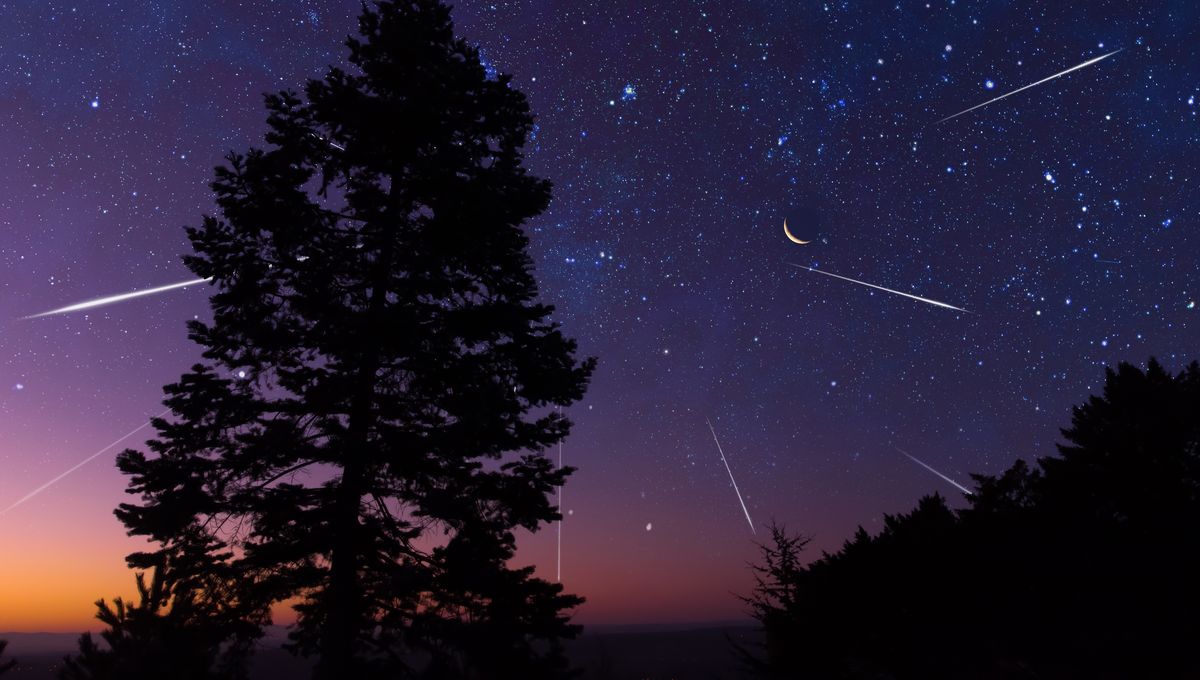
Early next week, the Lyrid meteor shower will have its peak, and the Moon being less than half full will not ruin the spectacle too much. If you’re planning to watch, you won’t need any specialist equipment. In fact, telescopes or binoculars are often a hindrance to catching meteors.
The peak will be on the night between Monday, April 21 and Tuesday, April 22, and the International Meteor Organization predicts about 18 meteors an hour at the peak, which is a respectable number even though it’s on the smaller side compared to other showers. Just go somewhere dark and allow your eyes about 30 minutes to adjust to reduced light (so no phones!).
The reason why the Lyrid meteor shower remains famous is its history. It occasionally produces a meteor storm, with several hundred meteors falling per hour – and has done so for millennia. Back in 1803, a journalist in Richmond, Virginia, estimated an hourly rate of an incredible 700 space rocks whizzing across the sky. Over 2,000 years ago, in 687 BCE, the Zuo Zhuan, an ancient Chinese narrative history, described a Lyrid meteor shower where the “stars fell like rain.” Descriptions of the Lyrids are also found in Australian Indigenous astronomy, which goes back many more millennia into the past.
The exact mechanism for the increase in showers is not fully understood. The meteor shower is called the Lyrids as they appear to come from the direction of the Lyra constellation, but meteors are not falling stars. They are tiny fragments of asteroids or comets, debris shed by these objects during their passage across Earth’s orbit.
For the Lyrids, the parent body is Comet C/1861 G1 Thatcher, a long-period comet, going around the Sun every 415 years or so. Despite the shower going back for thousands of years, the comet was only discovered at its last close passage in 1861. Its next one will be in 2276.
The proximity of the comet is not the crucial player in the meteor storm, however. Planets shift the trail of debris, creating overdensities, boosting the flux for one season. The last time it happened was in 1982 with 90 comets per hour, and is expected to happen every 60 years or so. So, we have another 17 years to wait for a particularly good year, but frankly, a lone shooting star is exciting to see so the chance of seeing 18 in an hour is not to be overlooked.
Source Link: Lyrids: Meteor Shower With History Of Shooting Stars “Falling Like Rain” Peaks Next Week